How to Paint a Realistic Animal Portrait with Watercolors
If you are an animal lover and an art enthusiast, painting a realistic animal portrait with watercolors can be a fulfilling and rewarding experience. Watercolor is a versatile medium that can capture the essence of an animal’s character and personality with its unique transparency and fluidity. A realistic animal portrait can be a great addition to your home decor or a thoughtful gift for a loved one who shares your passion for animals.
Why Paint Realistic Animal Portraits with Watercolors?
Painting a realistic animal portrait with watercolors can be a challenging but enjoyable process that allows you to express your creativity and connect with nature. Here are some reasons why you should consider painting realistic animal portraits with watercolors:
- Watercolors can capture the intricate details of an animal’s fur, feathers, or scales, creating a lifelike and vivid representation of the subject.
- Watercolors offer a wide range of colors and shades that can convey the mood and atmosphere of the painting, from bright and cheerful to dark and moody.
- Watercolors are a portable and easy-to-use medium that can be used both indoors and outdoors, allowing you to paint animals in their natural habitat or in a studio setting.
- Painting realistic animal portraits with watercolors can be a meditative and relaxing activity that helps you relieve stress and improve your mental health.
In the following sections, we will guide you through the process of painting a realistic animal portrait with watercolors, from selecting the right materials to creating a detailed sketch and applying the final touches.
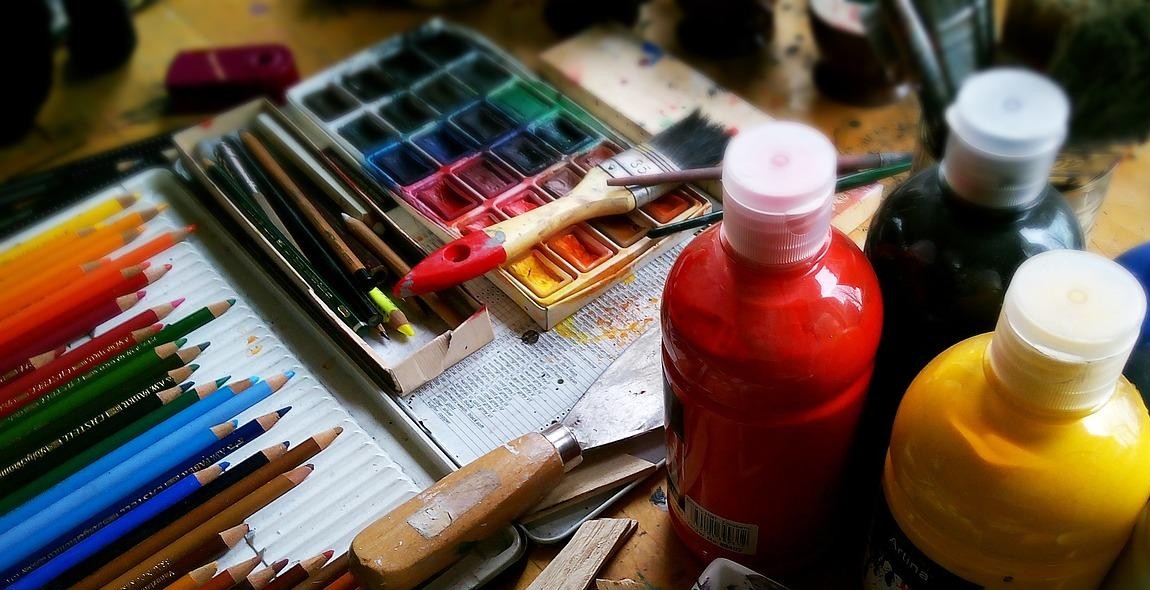
Materials Needed
Before embarking on a watercolor animal portrait, it is important to gather all the necessary materials. These materials include:
Watercolor Paints
The first and most obvious material needed for painting with watercolors is the paint itself. It is recommended to use high-quality watercolor paints that have good pigment strength and are lightfast. Popular brands include Winsor & Newton, Daniel Smith, and Schmincke.
Watercolor Paper
Watercolor paper is specially designed to handle the wetness of watercolors. It is important to use a good quality watercolor paper that can hold up to the amount of water used in watercolor painting. Brands such as Arches, Fabriano, and Strathmore offer excellent watercolor paper options.
Paint Brushes
Paint brushes are essential tools for watercolor painting. It is important to use good quality brushes that can hold water and paint well. A variety of brush sizes and shapes should be used for different areas of the painting. Popular brands include Princeton, Escoda, and Winsor & Newton.
Palette
A palette is used to hold and mix the watercolor paints. It is recommended to use a large palette with plenty of mixing space. A porcelain palette is ideal as it is easy to clean and does not stain. Alternatively, a plastic palette can also be used.
Reference Photo
A reference photo is used as a guide for the painting. It is important to use a high-quality reference photo that shows the details of the animal. The photo should be printed or placed on a device that can be easily viewed while painting.
By having all these materials ready, the artist can focus on the painting process and create a stunning watercolor animal portrait.
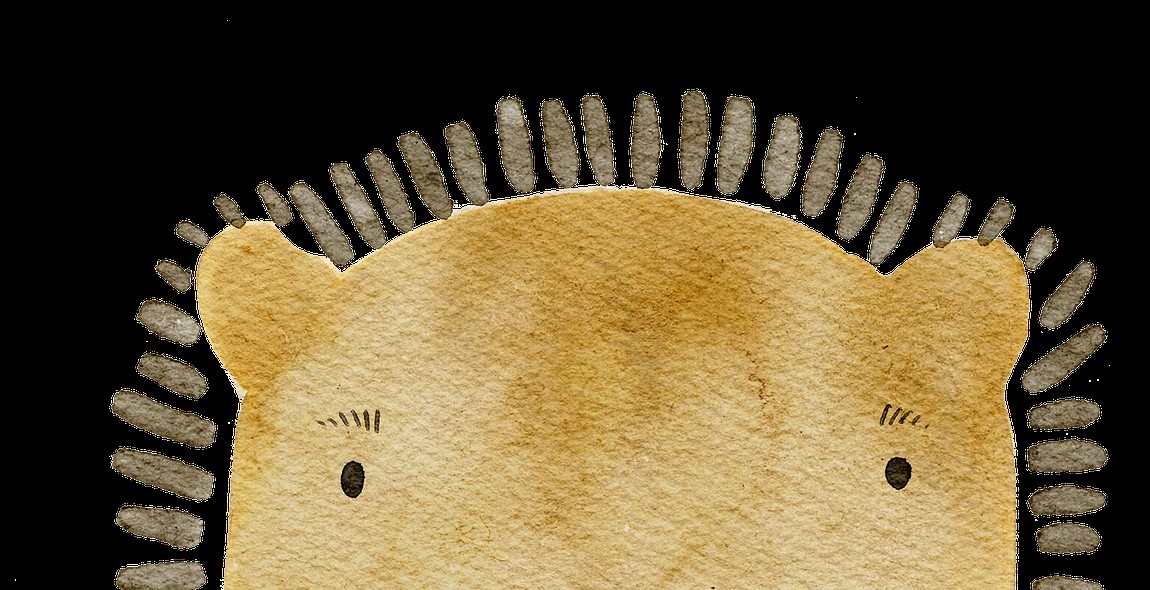
Preparation
Before diving into painting a realistic animal portrait with watercolors, there are a few key steps you need to take to ensure a successful outcome. These steps include:
Choose Your Animal
The first step in painting a realistic animal portrait is choosing the animal you want to paint. Select an animal that you are passionate about and have a good understanding of their anatomy and physical characteristics. This will make it easier to accurately depict the animal in your painting.
Choose Your Reference Photo
Once you have selected your animal, find a reference photo to work from. Choose a high-quality photo that clearly shows all of the animal’s features and details. It’s important to have a good reference photo to ensure that your painting is accurate and realistic.
Sketch Your Animal on Paper
Before transferring your sketch onto watercolor paper, it’s important to sketch out your animal on paper first. This will give you an opportunity to work out any kinks in your composition and make any necessary adjustments to the animal’s features before committing to painting on watercolor paper.
Transfer Your Sketch onto Watercolor Paper
Once you are happy with your sketch, it’s time to transfer it onto watercolor paper. Use a lightbox or transfer paper to trace your sketch onto the watercolor paper. Be sure to use a light touch when tracing to avoid damaging the paper. Once your sketch is transferred, you are ready to begin painting your realistic animal portrait.

Painting Techniques
Watercolor painting involves using a variety of techniques to create different effects. Here are some of the most commonly used techniques for painting realistic animal portraits with watercolors:
Wet-on-Wet Technique
The wet-on-wet technique involves applying wet paint onto a wet surface. This technique is ideal for creating soft, blended backgrounds and for adding texture to fur and feathers. To use this technique, first wet the entire area you want to paint with clean water. Then, apply the paint to the wet surface, allowing it to blend and spread naturally. This technique requires some practice to master, but it can produce stunning results.
Layering Technique
The layering technique involves building up layers of paint to create depth and dimension. This technique is ideal for creating realistic fur and feathers. Start by painting a light base layer, then gradually build up the layers to create shadows and highlights. Be sure to let each layer dry completely before adding the next one. This technique requires patience, but the results can be truly stunning.
Dry Brush Technique
The dry brush technique involves using a dry brush to apply paint to a dry surface. This technique is ideal for creating texture and detail in fur and feathers. To use this technique, load a dry brush with paint and then lightly drag it across the surface of the paper. The dry brush will create a rough, textured effect that can be used to create the appearance of fur or feathers.
Each of these techniques has its own unique advantages and challenges. Experiment with each one to find the techniques that work best for your particular painting style and subject matter.
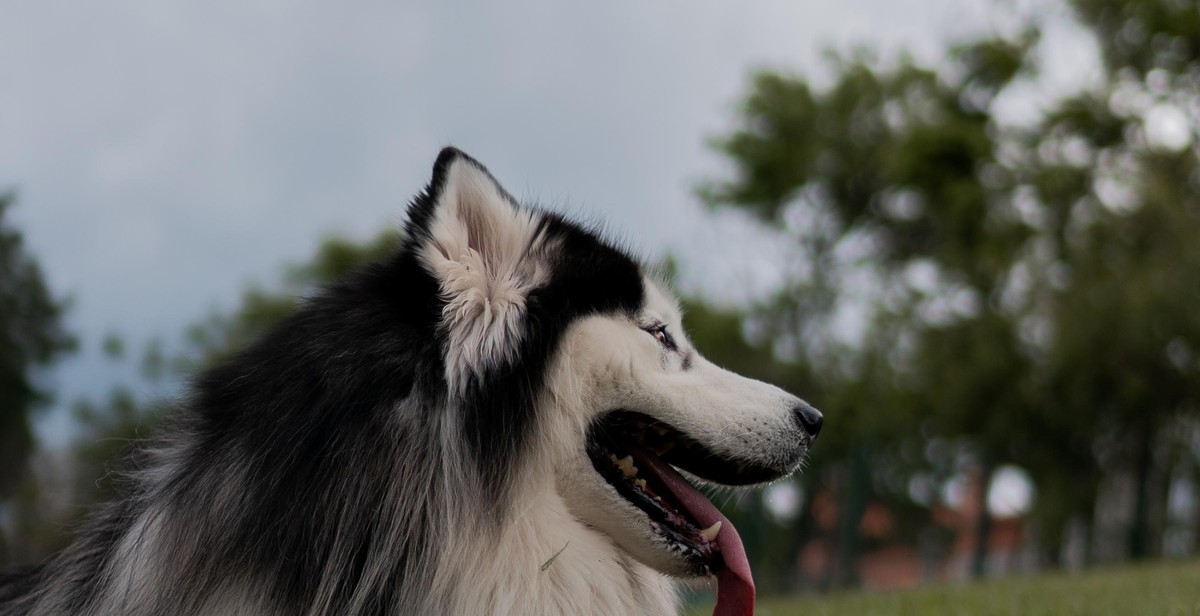
Step-by-Step Guide: How to Paint a Realistic Animal Portrait with Watercolors
Watercolor is a popular medium for painting realistic animal portraits due to its luminosity and transparency. Here is a step-by-step guide on how to paint a realistic animal portrait with watercolors:
Step 1: Paint the Eyes
The eyes are the most important part of the animal portrait as they convey emotion and personality. Start by painting the iris with a light wash of color and gradually build up the color and details. Add highlights to the eyes with white paint or leave the paper white for a natural sparkle.
Step 2: Paint the Fur
The fur is what gives the animal portrait its texture and depth. Start by painting the base layer of fur with light washes of color and gradually build up the layers with darker colors and details. Use a small brush to create fine lines and texture for the fur.
Step 3: Paint the Nose and Mouth
The nose and mouth are important features that give the animal portrait its realism. Start by painting the base layer of the nose and mouth with light washes of color and gradually build up the layers with darker colors and details. Use a small brush to create fine lines and texture for the nose and mouth.
Step 4: Paint the Background
The background is what sets the mood and atmosphere for the animal portrait. Choose a color that complements the animal and use light washes of color to create a soft and subtle background. Alternatively, use a darker color to create a dramatic and bold background.
By following these steps, you can create a realistic animal portrait with watercolors that captures the essence and personality of the animal.
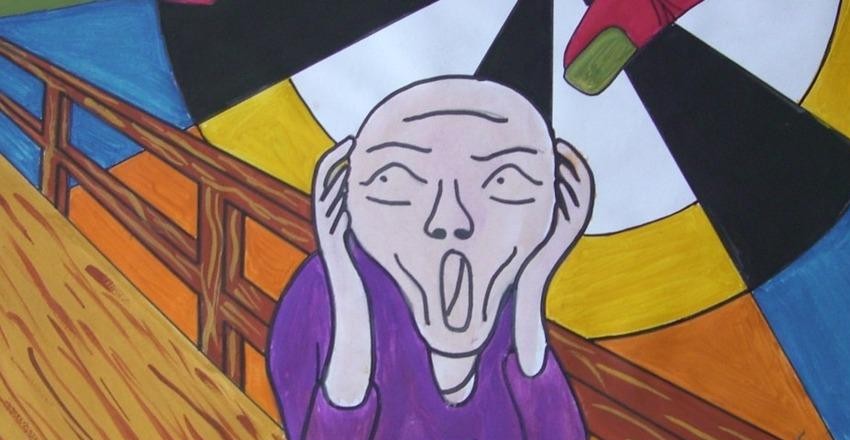
Tips and Tricks for Painting Realistic Animal Portraits with Watercolors
Use the Right Brushes
Using the right brushes can make a huge difference in the outcome of your animal portrait. For finer details, use a small round brush. For larger areas, a flat brush will work better. A mop brush can be used for creating soft, blended backgrounds. It’s important to invest in high-quality brushes made specifically for watercolors to achieve the best results.
Use the Right Technique for the Effect You Want
There are many techniques that can be used to create different effects with watercolors. For example, using a wet-on-wet technique can create a soft, blended effect, while using a dry brush technique can create texture and detail. Experiment with different techniques to achieve the effect you want for your animal portrait.
Don’t Be Afraid to Make Mistakes
Mistakes are a natural part of the learning process. Don’t be afraid to make mistakes and try again. Watercolors are forgiving and can be reworked or even removed with a damp brush. Embrace the imperfections and learn from them to improve your skills.
Practice, Practice, Practice
Practice is essential to improving your skills in watercolor painting. Set aside time each day to practice different techniques and experiment with different colors and brushes. Take classes or workshops to learn from experienced artists and gain new skills. With time and dedication, you can create stunning, realistic animal portraits with watercolors.
By following these tips and tricks, you can improve your skills and create stunning, realistic animal portraits with watercolors. Remember to use the right brushes, experiment with different techniques, embrace mistakes, and practice regularly to achieve the best results.
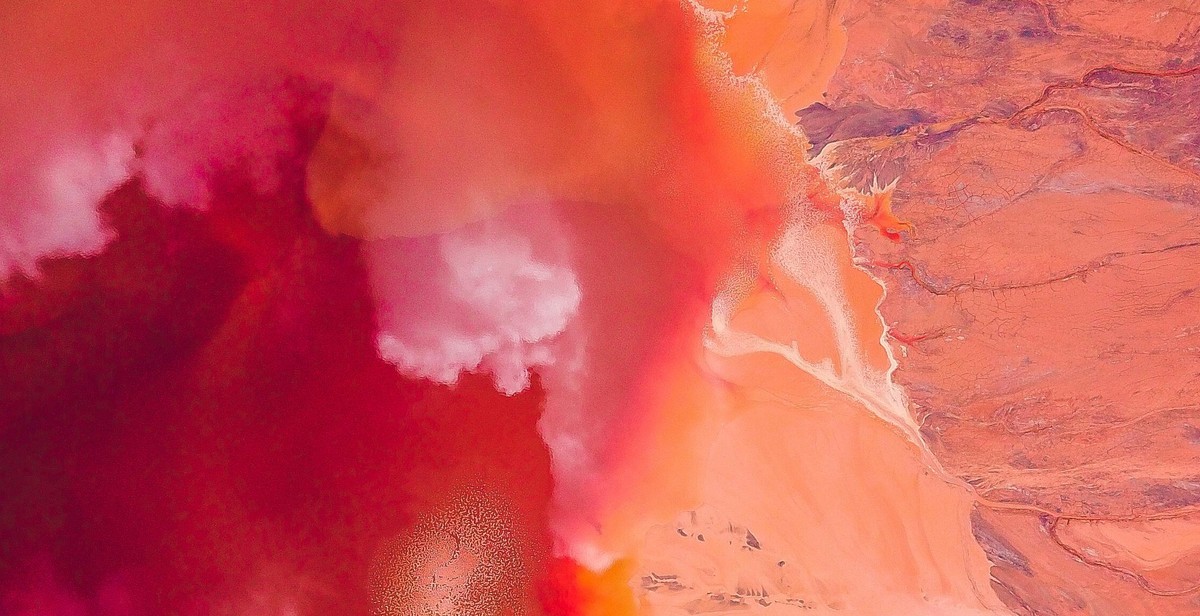
Conclusion
Painting a realistic animal portrait with watercolors is a challenging but rewarding experience. By following the steps outlined in this article, you can create a stunning piece of art that captures the essence of your favorite animal.
Remember to take your time and practice your techniques before starting on your final piece. Use high-quality materials and experiment with different brushes, paints, and paper to find what works best for you.
When it comes to painting, there are no hard and fast rules. Don’t be afraid to make mistakes and try new things. Watercolors are a versatile medium that allow for a lot of experimentation and creativity.
Finally, remember that practice makes perfect. The more you paint, the more you will improve. Keep challenging yourself and pushing your boundaries to become a better artist.
- Practice your techniques before starting on your final piece
- Use high-quality materials
- Experiment with different brushes, paints, and paper
- Don’t be afraid to make mistakes and try new things
- Keep challenging yourself and pushing your boundaries
With these tips and techniques, you can create beautiful and realistic animal portraits that will impress your friends and family. So grab your paints and brushes, and get started on your next masterpiece!
